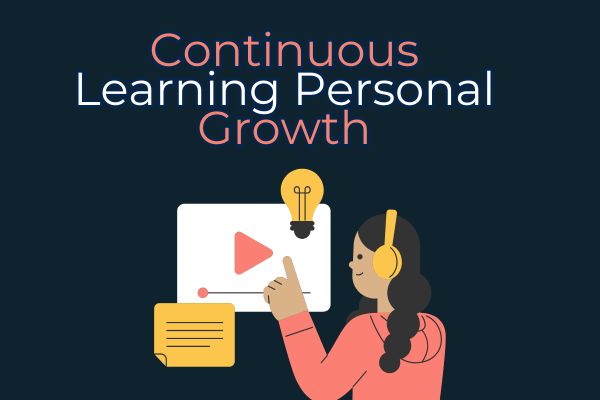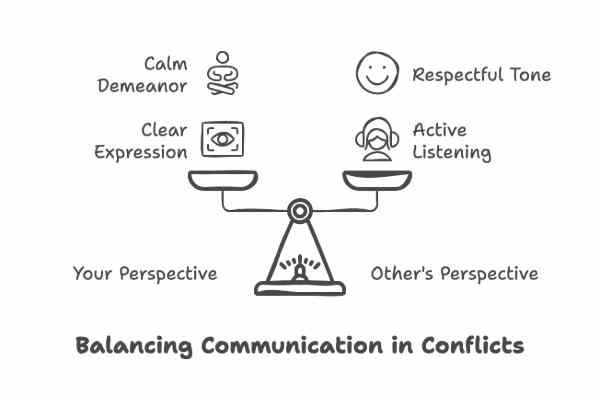Adversity is an inevitable part of life. From personal setbacks to professional challenges, we all face difficult circumstances that test our limits. However, adversity, while painful, has the potential to be transformative. It is often through trials and tribulations that we develop resilience—a critical skill for navigating life’s complexities.
Resilience is the ability to adapt to adversity, recover from setbacks, and emerge stronger. But how does adversity shape this essential trait? In this article, we will explore the intricate relationship between adversity and resilience, supported by real-life examples, psychological insights, and actionable strategies to harness challenges as opportunities for growth.
Understanding Adversity and Its Forms
Adversity comes in many forms, affecting individuals differently based on their circumstances and perspectives.
Types of Adversity
- Personal Challenges: These include health issues, loss of loved ones, or emotional struggles.
- Professional Setbacks: Job loss, failure to meet goals, or workplace conflicts fall under this category.
- Social and Cultural Barriers: Discrimination, inequality, or cultural pressures can create significant adversity.
- Natural Disasters and Crises: Events like hurricanes, pandemics, or economic downturns disrupt lives on a large scale.
Regardless of its form, adversity often serves as a catalyst for growth, prompting individuals to adapt, innovate, and strengthen their resolve.
What is Resilience?
Resilience is not about avoiding hardship but about how we respond to it. Psychologists define resilience as the process of adapting well in the face of adversity, trauma, or significant stress.
Characteristics of Resilience
- Emotional Regulation: Managing emotions during difficult times.
- Optimism: Maintaining a hopeful outlook despite challenges.
- Self-Efficacy: Belief in one’s ability to influence outcomes.
- Adaptability: Flexibility to adjust to changing circumstances.
- Support-Seeking: Reaching out to friends, family, or professionals for help.
While some individuals may naturally possess resilience, it is a skill that can be developed and strengthened over time, often through the experience of adversity.
How Adversity Shapes Resilience
Adversity plays a crucial role in fostering resilience by pushing individuals out of their comfort zones and forcing them to adapt to new realities.
1. Building Emotional Strength
Facing challenges teaches us to regulate our emotions and cope with stress. For example, experiencing the loss of a loved one may initially feel overwhelming, but over time, individuals often find ways to manage their grief and continue living meaningful lives.
Example:
Actor Chadwick Boseman battled cancer privately for years while delivering some of his most impactful performances. His ability to manage his emotional and physical challenges inspired millions, demonstrating emotional resilience in the face of adversity.
2. Fostering Problem-Solving Skills
Adversity often requires creative problem-solving. When conventional methods fail, individuals must think critically and innovatively to overcome obstacles.
Example:
During the Great Depression, many families found ingenious ways to survive with limited resources, from bartering to growing their food. These experiences strengthened their problem-solving abilities and resourcefulness.
3. Encouraging Self-Reflection and Growth
Adversity forces us to confront our limitations and identify areas for improvement. It prompts self-reflection, which is essential for personal growth.
Example:
After losing a high-profile case, a lawyer may take time to reflect on their strategies, identify weaknesses, and develop new skills to succeed in future trials.
4. Strengthening Relationships
Shared adversity often brings people closer together. Whether it’s a community rebuilding after a natural disaster or a family supporting each other through tough times, adversity fosters stronger bonds.
Example:
In the aftermath of Hurricane Katrina, communities in New Orleans came together to rebuild their neighborhoods, demonstrating collective resilience and solidarity.
5. Instilling a Sense of Purpose
Adversity can provide clarity and a renewed sense of purpose. Overcoming significant challenges often inspires individuals to help others facing similar struggles.
Example:
Malala Yousafzai survived an attack for advocating girls’ education. Instead of retreating, she used her experience to champion education rights worldwide, turning adversity into a powerful mission.
The Psychology Behind Resilience
The Science of Stress and Growth
Psychologists refer to the concept of post-traumatic growth (PTG), which suggests that individuals can experience significant personal development following trauma or adversity. PTG often leads to:
- Improved relationships.
- Greater appreciation for life.
- Enhanced personal strength.
- A shift in priorities.
Neuroplasticity and Adaptation
The brain’s ability to reorganize itself—neuroplasticity—plays a role in resilience. Adverse experiences stimulate the brain to develop new pathways, enabling us to adapt to challenges.
The Role of Optimism
Optimistic individuals are more likely to view adversity as temporary and solvable, which strengthens their resilience. Maintaining a positive outlook helps buffer against the negative effects of stress.
Real-Life Examples of Resilience Through Adversity
1. Nelson Mandela
Imprisoned for 27 years, Nelson Mandela emerged as a symbol of resilience and forgiveness. Instead of succumbing to bitterness, he used his experience to advocate for peace and equality, becoming a global icon for change.
2. Bethany Hamilton
After losing her arm in a shark attack, surfer Bethany Hamilton returned to professional surfing and even won national championships. Her story highlights the power of determination and resilience in overcoming physical adversity.
3. Stephen Hawking
Diagnosed with ALS at 21 and given only a few years to live, physicist Stephen Hawking defied the odds to become one of the greatest scientific minds of our time. His resilience allowed him to achieve groundbreaking work despite immense physical challenges.
Also check: 5 Life Lessons We Can Learn from Failure
Strategies for Building Resilience
While adversity is a natural teacher, there are proactive steps we can take to cultivate resilience:
1. Develop a Growth Mindset
View challenges as opportunities to learn and grow. Adopting a growth mindset allows you to approach adversity with curiosity and determination.
2. Build a Support Network
Strong relationships provide emotional and practical support during tough times. Surround yourself with people who uplift and encourage you.
3. Practice Self-Care
Resilience requires a healthy mind and body. Prioritize sleep, nutrition, and exercise to strengthen your ability to handle stress.
4. Set Realistic Goals
Break down larger challenges into manageable steps. Achieving small victories builds confidence and momentum.
5. Embrace Failure
Recognize that failure is not the end but a stepping stone. Use setbacks as opportunities to reassess and refine your approach.
6. Cultivate Optimism
Focus on the positive aspects of your situation. Practice gratitude to maintain a hopeful outlook, even during challenging times.
7. Seek Professional Help if Needed
Therapists and counselors can provide tools and strategies to cope with adversity effectively. There’s no shame in seeking help when needed.
Also check: How to Discover Your True Purpose
Adversity and Resilience in the Modern World
In today’s fast-paced and unpredictable world, resilience has never been more critical. From global crises like pandemics to personal struggles in a digital age, individuals must navigate complex challenges.
Adversity in the Digital Era
Social media and technology amplify challenges like cyberbullying, misinformation, and comparison culture. However, they also provide tools for connection, education, and support, which can strengthen resilience.
Lessons from the COVID-19 Pandemic
The pandemic tested global resilience, forcing individuals and communities to adapt rapidly. From remote work to mental health challenges, the lessons learned during this time underscore the importance of flexibility, solidarity, and innovation.
Conclusion
Adversity, while often unwelcome, is a powerful teacher. It challenges us to grow, adapt, and develop resilience—an invaluable skill for navigating life’s uncertainties. By embracing adversity as an opportunity for growth, we can transform hardships into stepping stones toward a more fulfilling and resilient life.
From emotional strength to innovation and a renewed sense of purpose, adversity shapes us in profound ways. The next time you face a challenge, remember that within every setback lies the potential for growth, strength, and transformation.






